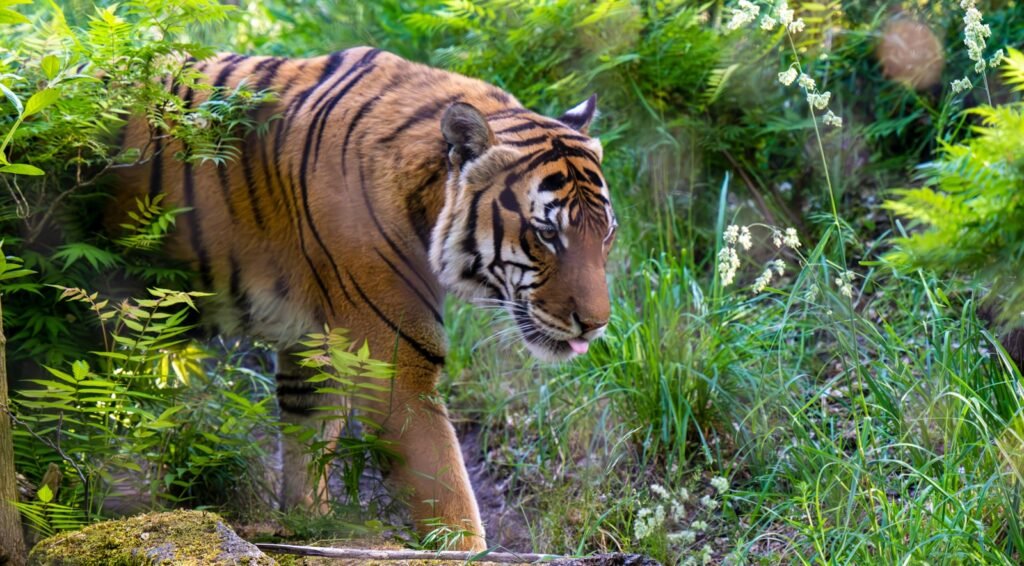First the forest seems quieter, then the grass grows taller, and finally the rules of life itself begin to warp. When apex predators disappear, the change often hides in plain sight – more deer at the roadside, fewer songbirds in a shrinking thicket, a coastline stripped to rock by sea urchins. Scientists have a name for the domino effect that follows: a trophic cascade, a chain reaction that ripples through plants, prey, and even the chemistry of soil and water. The mystery is not whether these cascades occur – they do – but how vast, fast, and costly they become. New field studies and long-term reintroductions are letting researchers watch the drama in real time and test ways to steady the stage.
The Hidden Clues
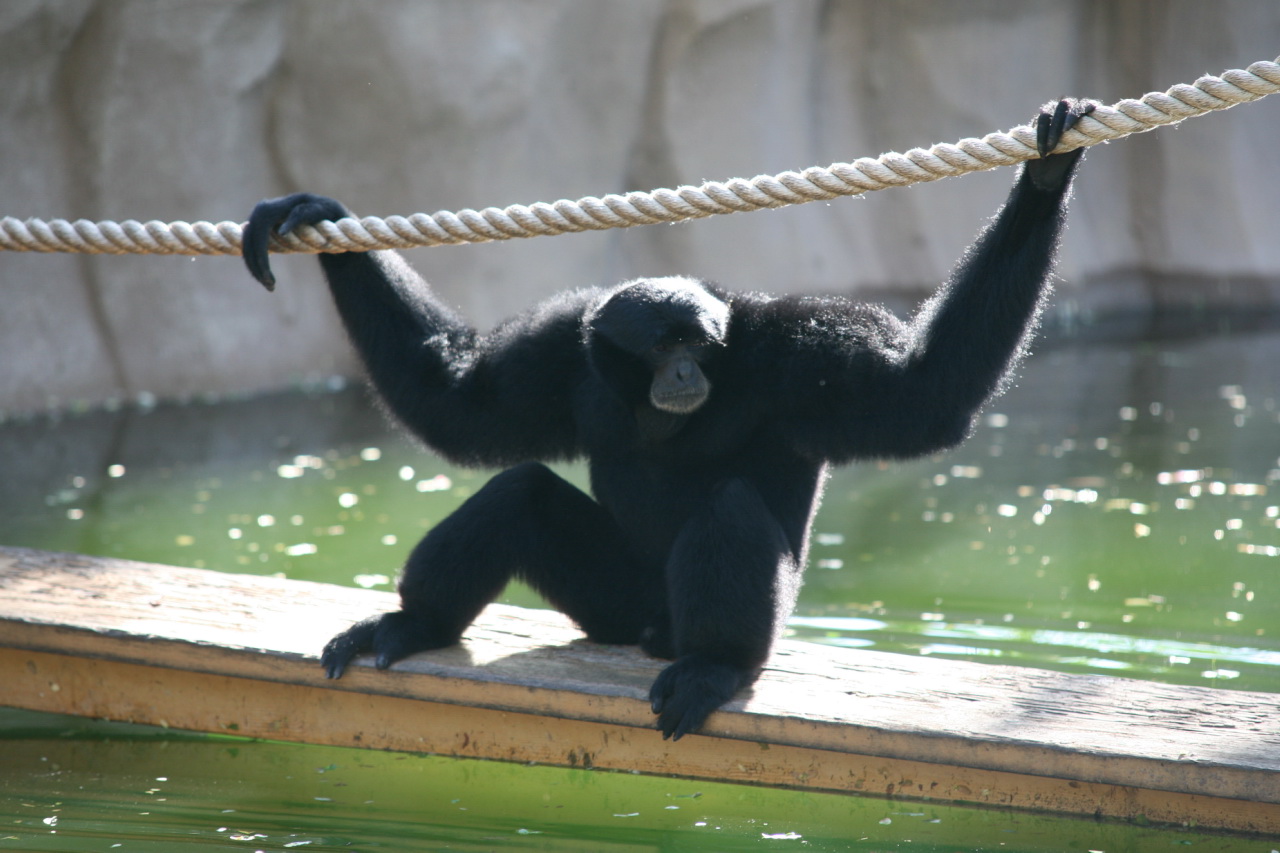
You rarely notice the moment a top hunter goes missing; the telltale signs arrive like whispers. In kelp forests, sea otter declines can open the door for sea urchins to chew underwater jungles into barren rock, a transformation that reshapes fisheries and storm protection. In grasslands and woods, fewer wolves or cougars mean bolder herbivores that browse saplings to nubs, thinning the next generation of trees and the birds that nest in them. The landscape still looks alive, but it starts behaving as if a crucial gear slipped its teeth.
Ecologists look for odd pairings and mismatched rhythms: herbivores feeding at strange hours, shrubs stuck at ankle height, streams warming as shade vanishes. Even disease can be a clue when prey populations balloon and parasites find more hosts. I once watched a meadow go from wildflower mosaic to a cropped lawn in a single summer after a local coyote den fell silent. The predators did not sign the scene, but their absence did.
From Ancient Lessons to Modern Science
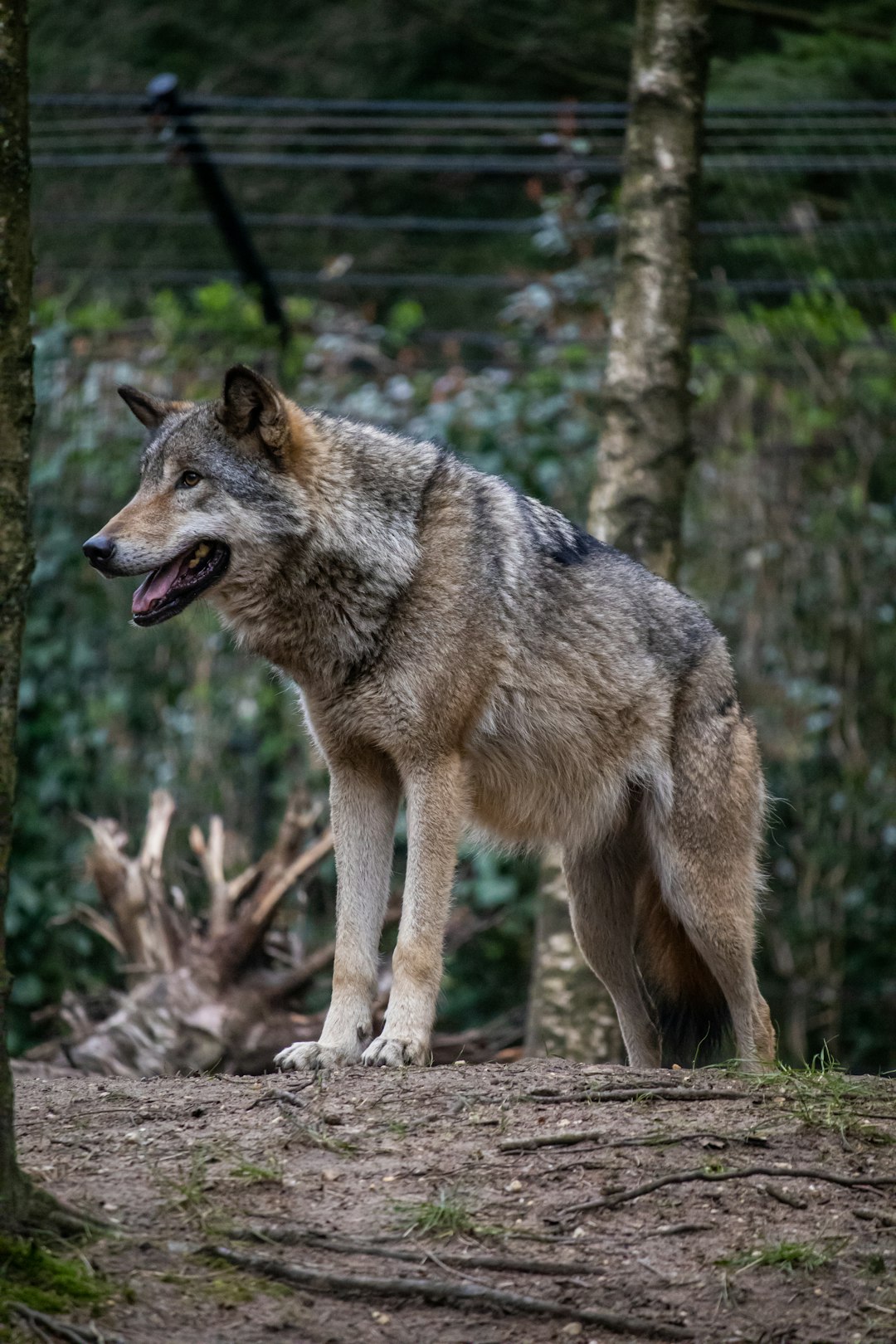
Traditional knowledge often warned that removing a “keystone” hunter invites trouble, a lesson modern ecology now quantifies with tags, drones, and statistical models. Long-term studies of wolf restoration have mapped how fear alone can nudge elk herds to move differently, giving young willows and aspens room to rebound. In Australian rangelands, protecting dingoes can keep invasive foxes and feral cats in check, easing pressure on small mammals that otherwise vanish. Offshore, where sharks thin out, grazing turtles and dugongs can overwork seagrass beds that buffer coasts and store carbon.
The tools have evolved from spoor and gut contents to environmental DNA and machine-learning camera traps that log who visits a trail at 2 a.m. These data reveal not just who eats whom, but how behavior reshapes energy flow and habitat structure. Scientists can now test cause and effect by comparing matched sites with different predator histories across years, not weeks. That’s letting managers move beyond hunches toward quantifiable, testable recovery plans.
Cascade Case Studies
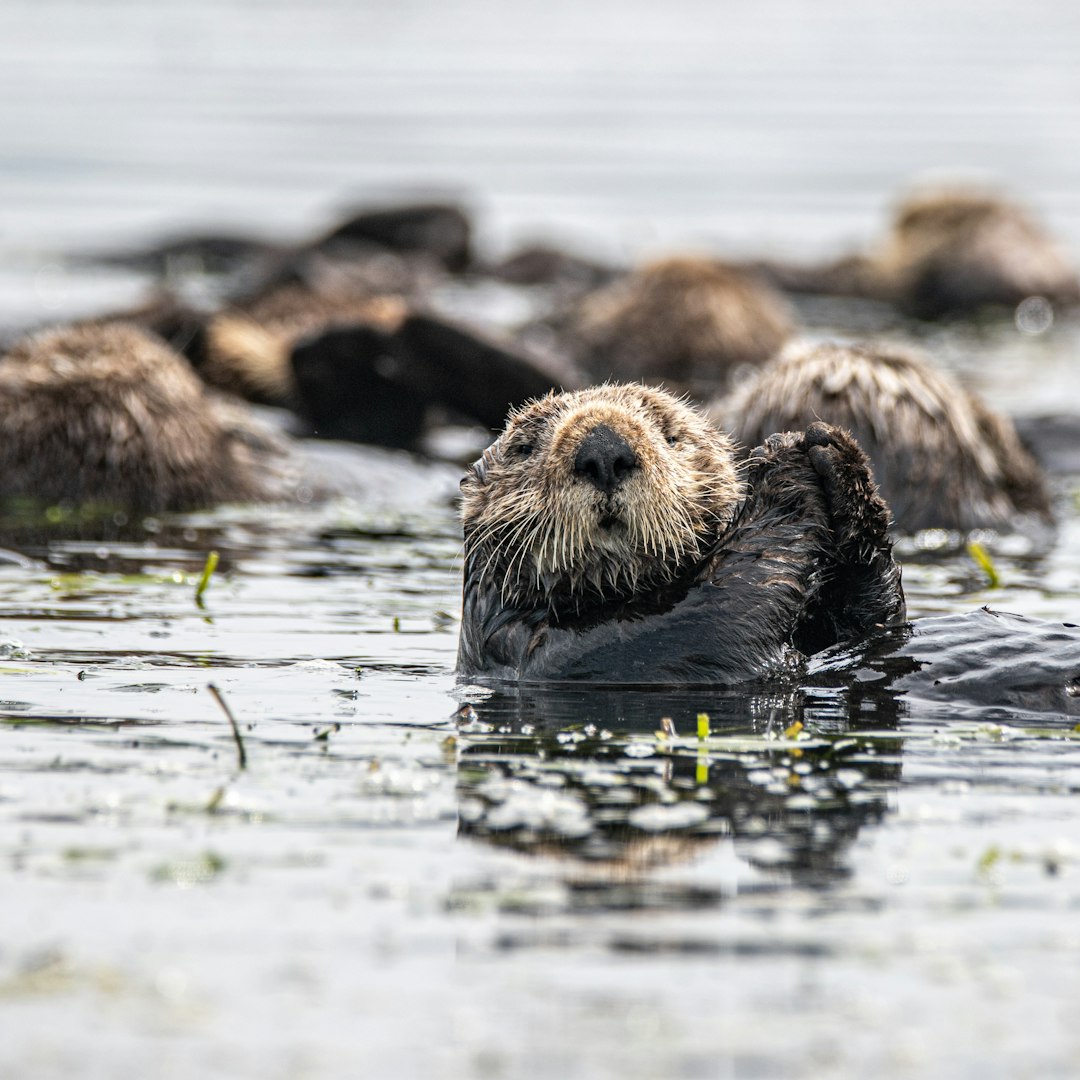
Along the North Pacific, declines in sea otters have repeatedly flipped kelp-rich coasts into urchin barrens, shrinking nursery habitat for fish and dampening the coastline’s ability to blunt waves. In parts of North America, overabundant white-tailed deer have reshaped forests into simplified stands, leaving fewer nesting sites for warblers and less forage for pollinators. Africa offers another window: where lions and wild dogs are depleted, mid-sized predators often surge, which can intensify livestock conflict and shift disease dynamics.
Yellowstone’s wolves, reintroduced in the mid-1990s, remain a reference point rather than a cure-all; their return changed elk movement, allowed some streamside plants to recover, and influenced scavengers from ravens to bears. The lesson is not that predators magically fix ecosystems, but that their presence is a powerful lever in systems already stressed by fencing, roads, and warming. When the lever is missing, managers often find themselves compensating forever with costly workarounds. That is a bill many communities cannot pay.
Food Web Mechanics
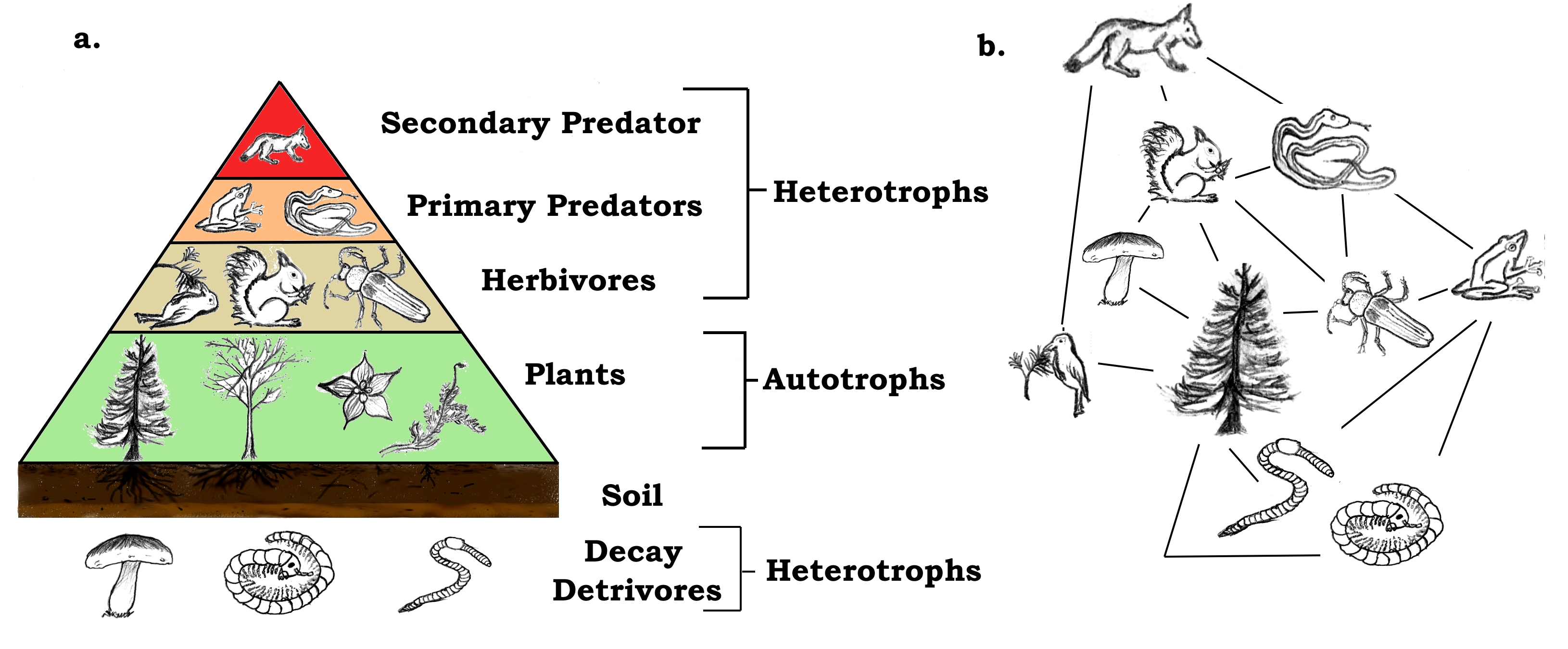
The physics of a food web is deceptively simple: energy flows from sun to leaf to grazer to hunter, with detours through decay. Pull out a top node and the web rethreads itself, often tightening around a few resilient species while others fade. Ecologists call one common outcome mesopredator release – mid-level hunters rising in number or boldness once the big enforcers are gone. Another is herbivore overbrowse, a quiet pressure that slowly flattens plant diversity and the insects, birds, and mammals that depend on it.
Even nutrient cycles shift when carcasses, fear, and movement patterns change. Fewer kills along streams can mean fewer pulses of phosphorus for aquatic insects and fish, a subtle subsidy that disappears. Conversely, prey that stop moving redistribute grazing pressure and compact soils, altering water infiltration after storms. What looks like a missing animal becomes a missing process, and processes are the scaffolding of resilience.
Why It Matters
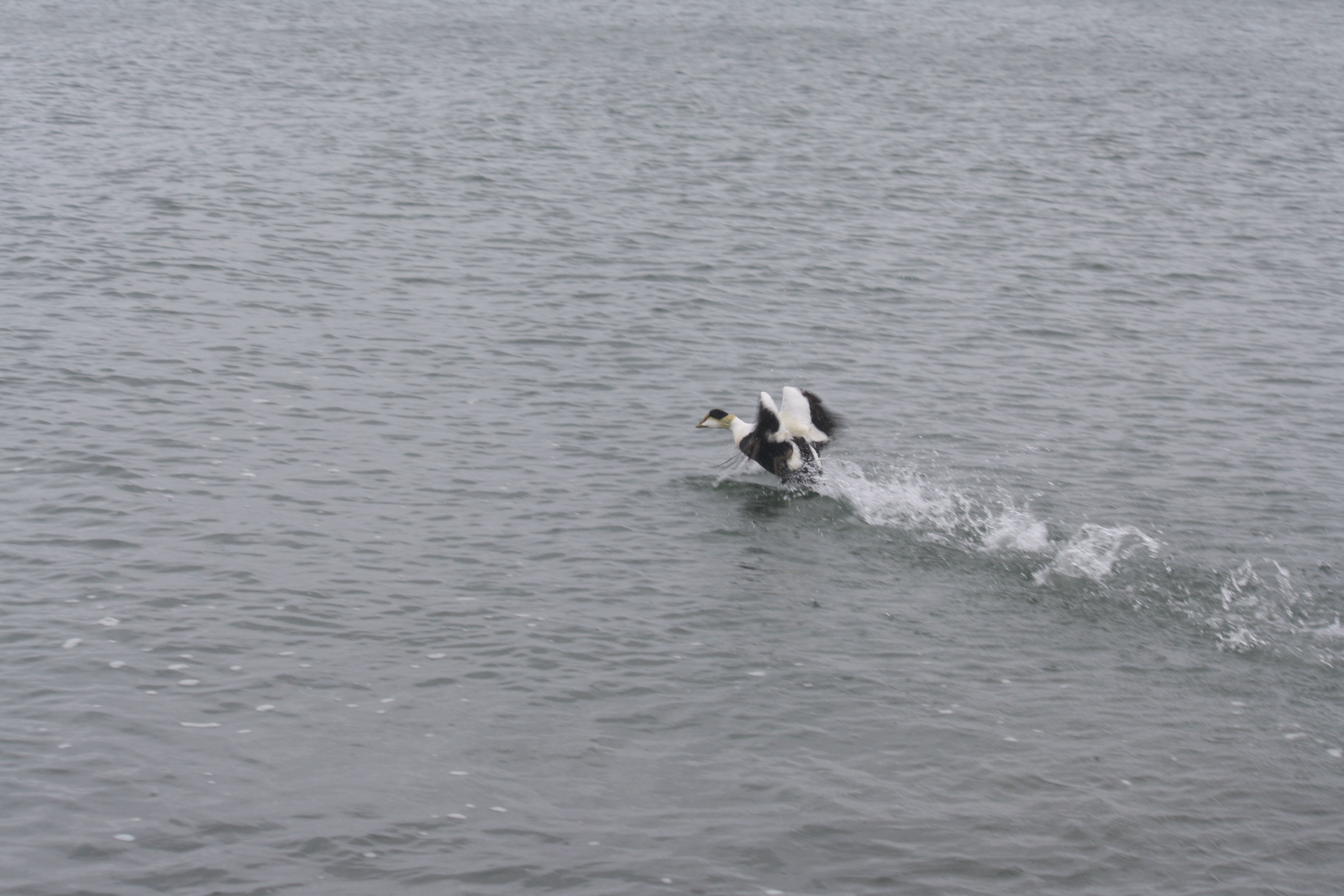
This is not only a wildlife story; it is infrastructure by another name. Forest structure influenced by predators can shape wildfire behavior, water temperature, and carbon storage, all of which affect insurance costs, public health, and municipal budgets. Seagrass and kelp beds modulated by top-down forces buffer storm surge and store carbon in sediments, making them quiet allies for coastal towns facing rising seas. When these habitats collapse, communities pay more for flood protection and lose fisheries that once helped keep grocery bills in reach.
Predators also knit cultural identity and local economies, from ecotourism jobs to ranching traditions that adapt with nonlethal tools. Comparing old predator-free management to modern coexistence approaches shows a shift from constant control to strategic prevention and habitat design. The wider scientific importance is clear: apex predators turn out to be climate allies, public-health partners, and biodiversity engineers bundled into fur, feather, and fin. That makes their fate a practical concern, not a luxury.
Global Perspectives

The pattern repeats across continents but never identically, because history, species, and people vary. In Europe, rewilding has seen wolves, lynx, and bears return to landscapes that now include vineyards, highways, and hiking towns, testing new coexistence models. Australia’s debates over dingoes blend ecology with pastoral livelihoods and invasive species management, forcing hard choices about fencing and landscape-scale planning. In tropical forests, hunting pressure can thin out big cats and raptors, giving rodents freer rein and reshaping seed dispersal.
Marine systems add another layer, where migratory predators cross borders and jurisdictions, and management sinks or swims on regional cooperation. Small island nations often depend on apex fish and sharks both ecologically and economically, making protected corridors and bycatch reduction crucial. The takeaway is that there is no universal script, but there are recognizable beats: protect habitat, reduce conflict, keep food webs layered, and plan at scales that match animal movements. Success tends to follow when those beats are kept.
The Future Landscape

New tools promise sharper, faster decisions: satellite-linked collars that text ranchers when wolves approach, AI-driven cameras that distinguish predators from hikers, and drones that map browse damage before it becomes obvious. Environmental DNA now flags elusive hunters from a liter of stream water, enabling earlier interventions and cheaper surveys. Virtual fencing and smart herding collars can shift livestock at the hour predators are most active, reducing risk without building taller barriers. Real-time risk maps, updated by weather and prey movements, can guide where to deploy range riders or deterrents.
Yet technology is not a substitute for habitat and policy. Wildlife corridors stitched across highways, compensation programs that actually pay on time, and guard animals trained for local conditions all build trust. Climate change complicates every plan by moving prey ranges, drying streams, and stacking risks, so flexibility becomes the rule. The likely global implication is a future of dynamic coexistence: fewer hard lines, more living edges.
People and Tradeoffs
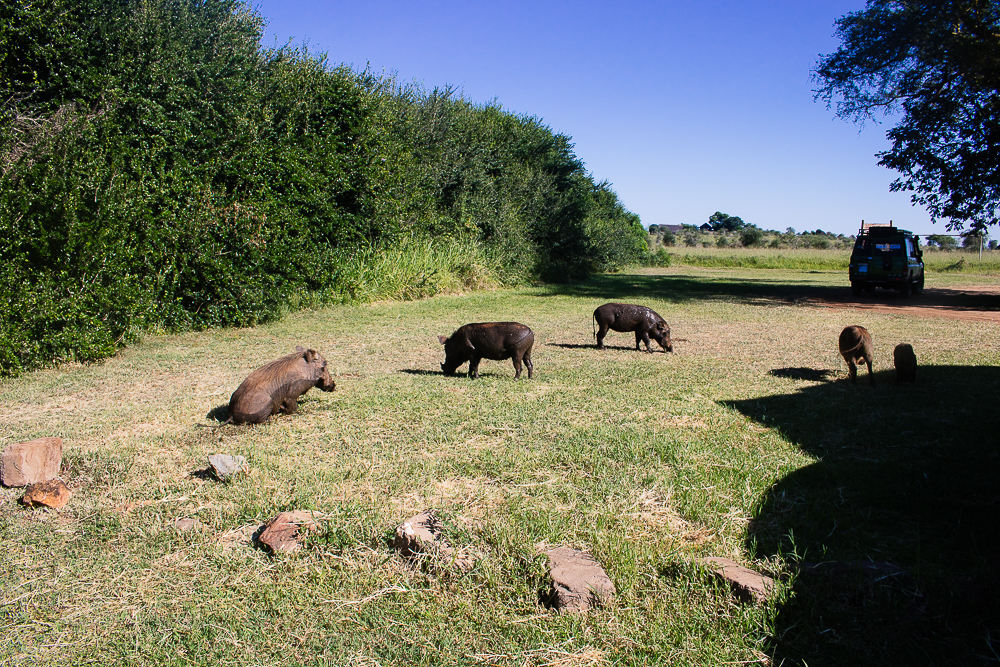
Every apex predator story is also a livelihoods story, and the hardest part is acknowledging real costs alongside real benefits. Ranchers who lose calves, fishers who see gear damaged by seals, or families anxious about bears near school bus stops need tools, not lectures. Programs that combine nonlethal deterrents, rapid compensation, and community monitors consistently perform better than enforcement alone. Where communities help design the rules, tolerance rises and retaliation falls.
Urban edges are emerging frontiers, with coyotes, foxes, and bobcats navigating culverts and golf courses while people juggle pets and parks. Simple measures – leash laws, secured trash, and seasonal signage – can lower conflict without vilifying wildlife. I learned this the messy way while reporting in a city where compost bins became nightly bait; the fix was a lock, not a trap. Small changes stack up when many neighbors join in.
What You Can Do Now

Start close to home by supporting habitat connectivity where you live – vote for wildlife crossings, native plantings, and open-space bonds when they appear on local ballots. If you work the land or sea, consider nonlethal deterrents, seasonal adjustments, or gear modifications that reduce risky overlap with top predators. Lend your voice to science-based management plans rather than blanket bans or blanket approvals; nuance protects both livelihoods and landscapes. Back local groups that fund range riders, compensate losses promptly, and maintain community hotlines.
For readers far from the field, choose seafood from well-managed fisheries, keep pets supervised near wild edges, and resist feeding wildlife that should stay wary. Citizen science apps and camera-trap networks can turn weekend hikes into useful data for mapping predator presence. Finally, remember that living with apex predators is less about fear and more about design – of policies, places, and habits. Thoughtful design is how ecosystems, and communities, stay whole.

Suhail Ahmed is a passionate digital professional and nature enthusiast with over 8 years of experience in content strategy, SEO, web development, and digital operations. Alongside his freelance journey, Suhail actively contributes to nature and wildlife platforms like Discover Wildlife, where he channels his curiosity for the planet into engaging, educational storytelling.
With a strong background in managing digital ecosystems — from ecommerce stores and WordPress websites to social media and automation — Suhail merges technical precision with creative insight. His content reflects a rare balance: SEO-friendly yet deeply human, data-informed yet emotionally resonant.
Driven by a love for discovery and storytelling, Suhail believes in using digital platforms to amplify causes that matter — especially those protecting Earth’s biodiversity and inspiring sustainable living. Whether he’s managing online projects or crafting wildlife content, his goal remains the same: to inform, inspire, and leave a positive digital footprint.

